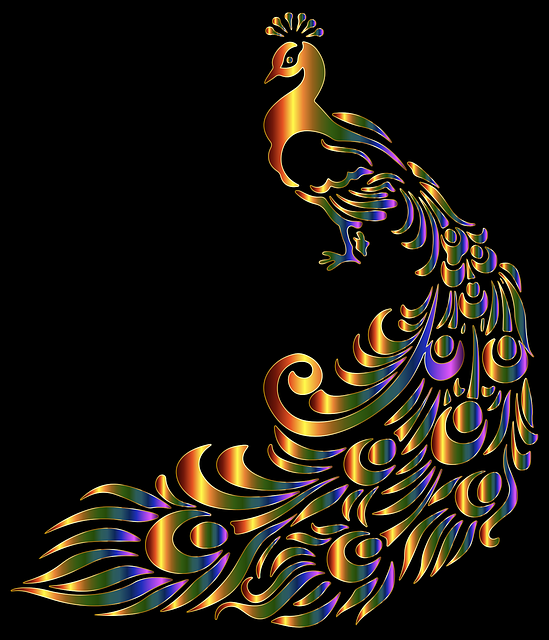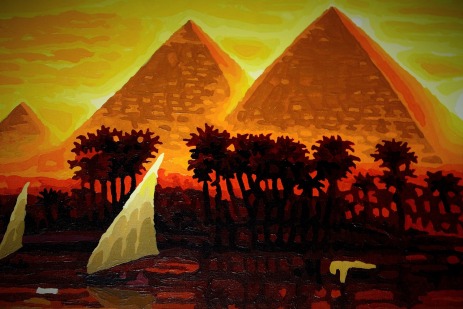Recently, I have learned that there is such a thing as The Armed Forces Open Chess Championship, open to qualifying chess players in all branches of the U.S. Military. This is particularly interesting to me as I have decided that I would like to join the Navy and just so happen to love chess. This annual championship began in 1960. From the Wikipedia page United States Armed Forces Chess it doesn’t appear that anyone from the Navy won the individual portion of the competition until the 1990’s. Prior to then it seems that the competition was dominated by individuals from the Air Force and Army. The most recent championship was won by retired Petty Officer Larkins, who has also won this competition in the past quite a few times (go Navy!). For the team portion though, the Navy did come in second place to the Army. I am not sure of the previous team placings.
I’m currently subscribed to the Chess Life magazine and this research reminded me of the February 2017 issue which included this match. In addition to covering Petty Officer Larkins’ personal commentary of the moves of his match, there was a section featuring brief interviews of some of the contestants in the championship. It was really interesting to get a glimpse of chess incorporated into navy life and why they chose to play.
Speaking of magazines and chess… In my searches, I came across this amazing old archive from the August of 1976 of ALL HANDS magazine of the US Navy and on page 25 found an add for the Chess Championship. That isn’t really all that significant concerning chess but OMG I am so fangirling this magazine and am really glad I found it. Like on page 4… that boat though. Some of the pictures in this magazine are just fabulous.




